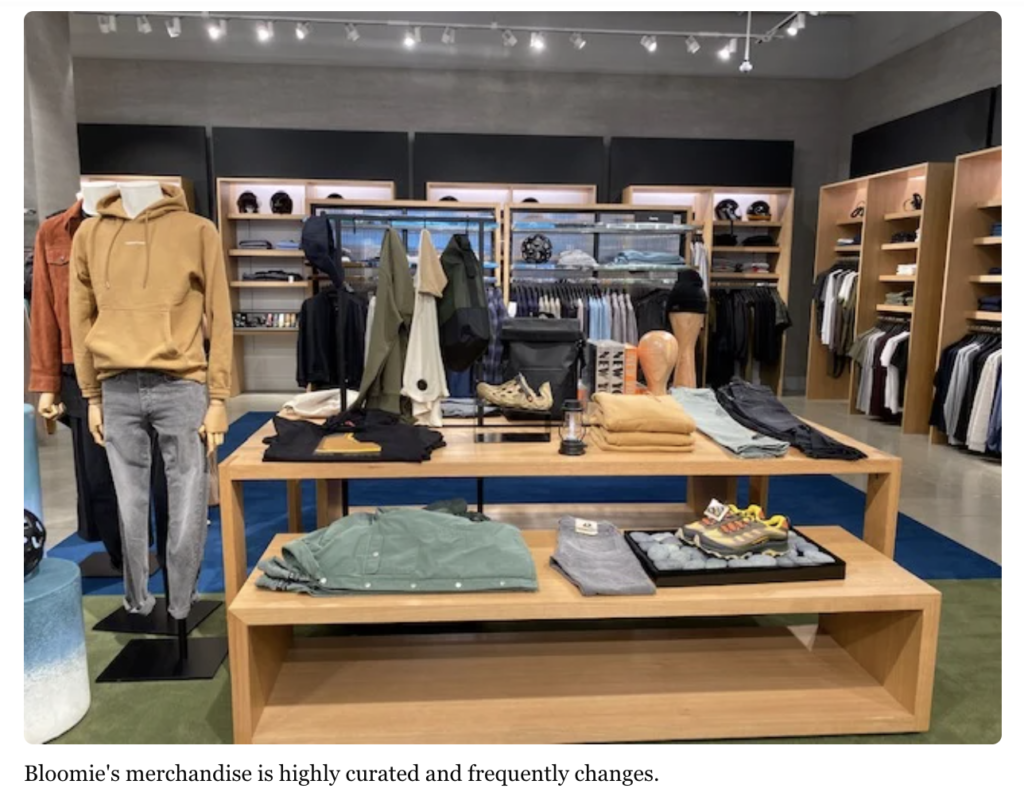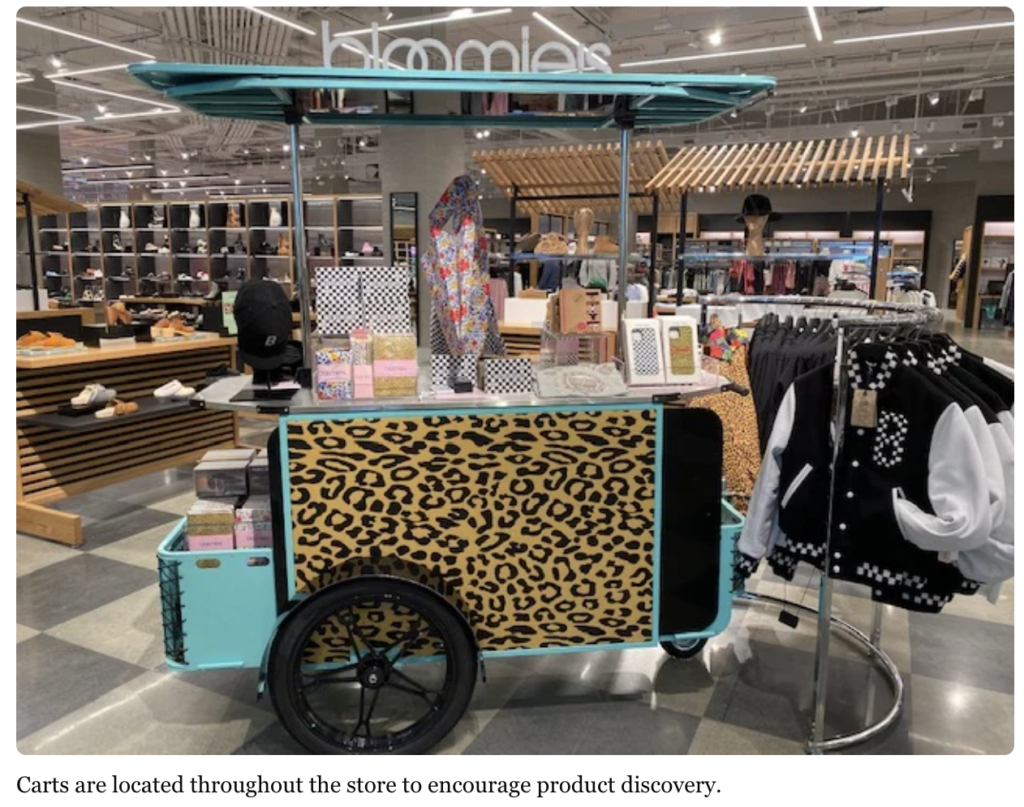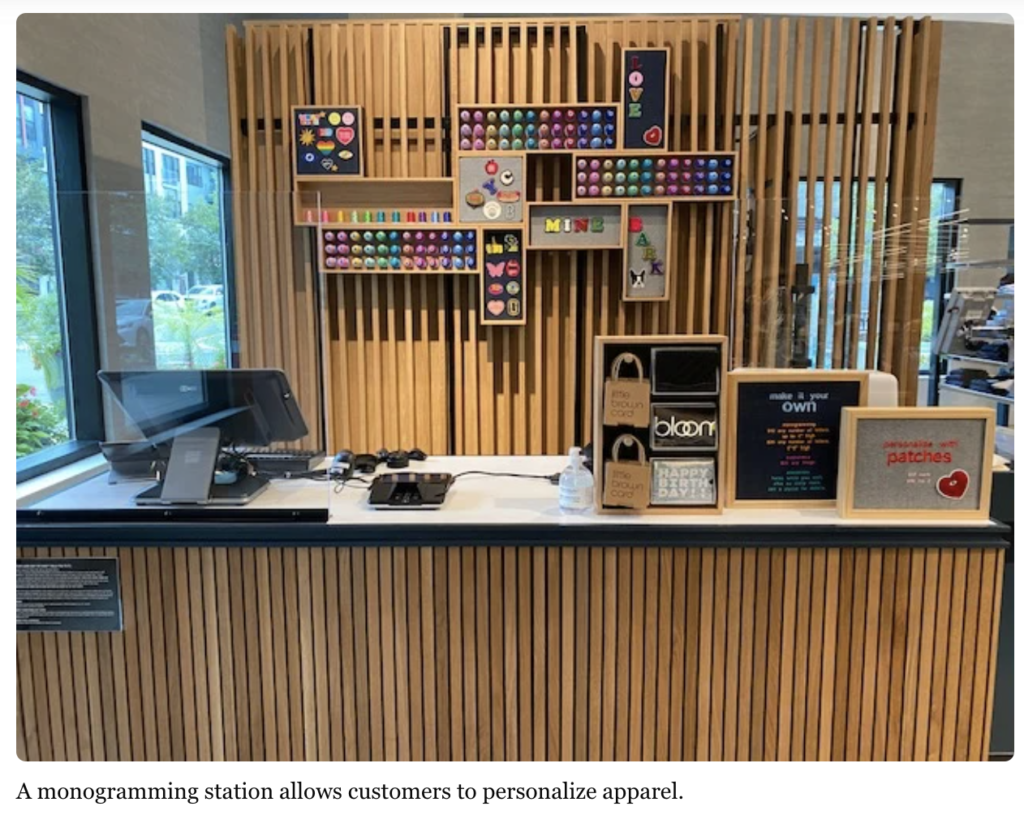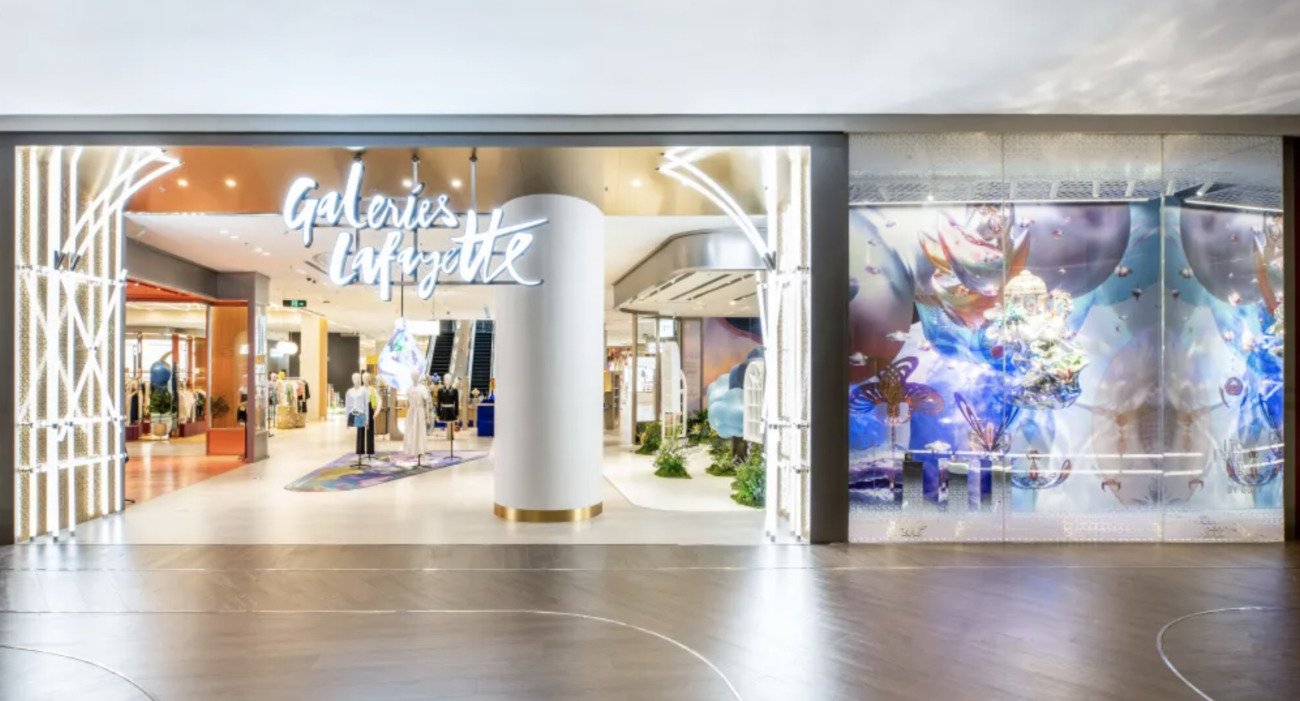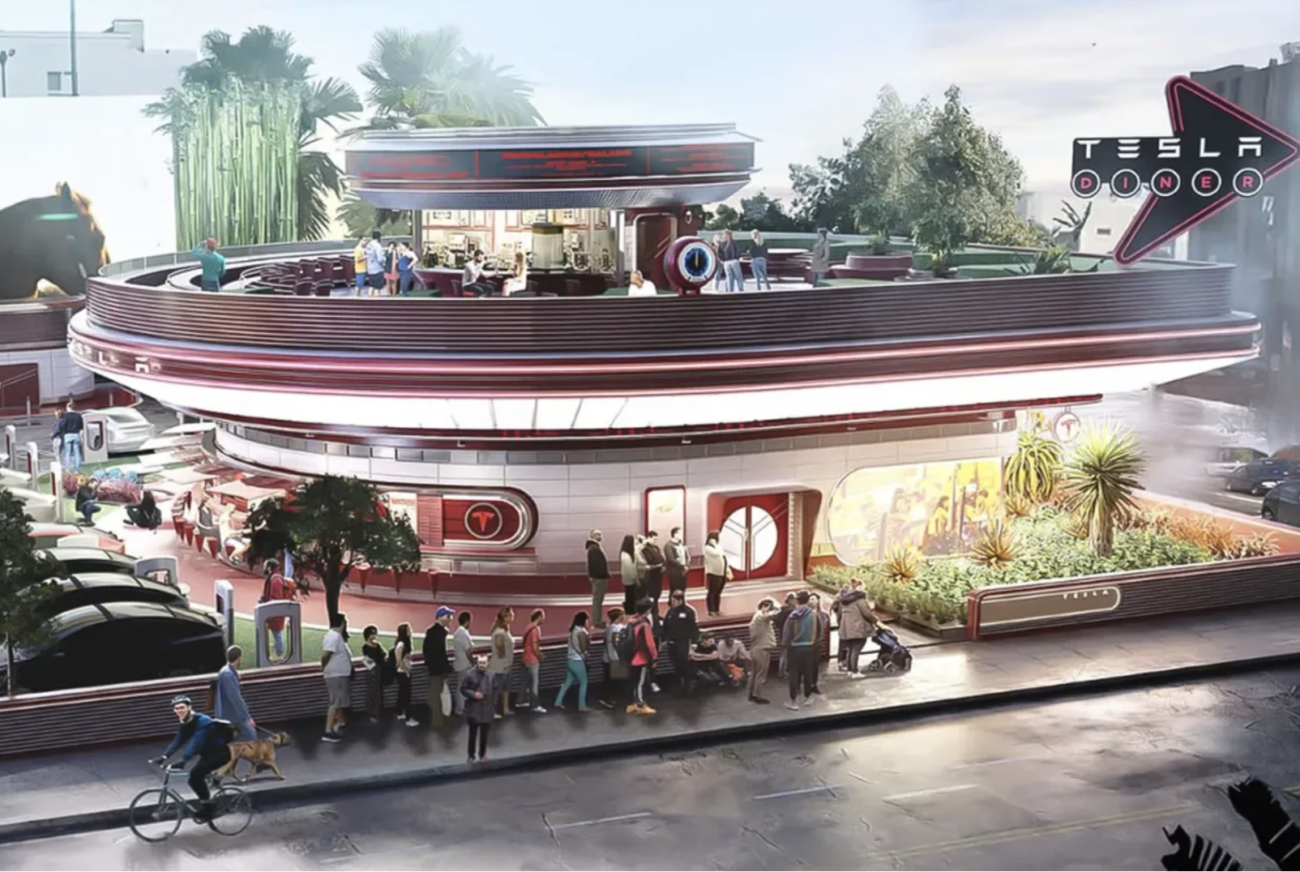Bloomie’s Agile Small Format May Well Be The Future Of The Department Store
The next generation of department store concepts may be located in Fairfax, Virginia. Armed with a smaller footprint (22,000 square feet), a stylish selection of products and a tech-savvy space, Bloomingdale's new Northern Virginia location, Bloomie's, could

The next generation of department store concepts may be located in Fairfax, Virginia.
Armed with a smaller footprint (22,000 square feet), a stylish selection of products and a tech-savvy space, Bloomingdale’s new Northern Virginia location, Bloomie’s, could point to a new direction for the sector. Or, at the very least, an alternative path.
“Our new Bloomie’s store will deliver everything they love about Bloomingdale’s in a highly edited, convenient, and unexpected way,” Bloomingdale’s CEO Tony Spring said of the concept earlier this year.
And a quick pop in to the store is part of its appeal. Instead of wading through racks of merchandise, the Bloomie’s product selection is curated and meant to frequently change so customers will “find something new to obsess over each and every visit” according to the company website. That means new deliveries are coming into the store multiple times per week.
“It’s a showcase for you. I just want to see something interesting,” Adamson said, referring to the benefits of being able to swiftly take in what is new at a store. “In today’s time-pressed world, people just want a snack, they don’t want a five-course meal.”
Besides traditional merchandising, customers can readily discover products on carts located throughout the store, which are designed with flexibility and trends in mind.
That steady influx of products appeals to a younger demographic, according to Shelley E. Kohan, an adjunct professor at Syracuse University’s Whitman School of Management and former employee of Macy’s and Bloomingdale’s for 17 years. “That translates into fresh goods, more frequency, more visits. And because they’re creating a smaller environment, popping in and out of the Bloomie’s store is quite easy and fun.”
The right technology in the right places
Another potential draw for shoppers are various services that can be accessed at different points in the store.
Instead of a traditional cash wrap area, a front desk answers shoppers’ questions and is set up to perform a variety of tasks like online pickups, returns, gift wrapping, alterations and styling. In that area, shoppers can also access a dropbox for online returns.
A QR code on a sign makes it easy for shoppers in the Bloomie’s store to connect with an associate at Bloomingdale’s New York flagship to discuss luxury handbag offerings. And fitting rooms have buttons that shoppers can push for assistance.
Stylists are also able to use tech to aid customers. That means they can access products not only from the Bloomie’s store, but other Bloomingdale’s locations and on the retailer’s website as well.
It’s not that all of this technology is cutting edge. (QR codes, for example, were invented in 1994 and have been used by retailers in the decades since, but gained widespread popularity during the pandemic.) Rather, it is the right mix of technology being employed in the right situations, according to Kohan.
“Certainly the pandemic accelerated, pushed retailers to have to figure out how to converge all these different enabling technologies to make the shopping journey and experience more convenient,” she said. “So while a lot of the technologies have been around for many years, I think we’re coming to a point that we’re actually utilizing the right technologies in the right spaces that are relevant for the consumer.”
Making it personal
While tech and convenience play an important role in the store, services that make a shopping experience feel personal are also emphasized. One service that lends itself to personalization is the location’s monogramming station. Customers are invited to stylize their apparel through monogramming, embroidery, alterations or patches. This is similar to the Levi’s Tailor Shop, which customizes products with sewing, pins and patches. The in-store service allows a shopper to easily add their own touch to apparel.
But, the biggest nod to a more personalized shopping experience is that every associate at the Bloomie’s concept is a stylist and an expert in all categories of the store. That takes something from merely being transactional to relationship-building, according to Kohan.
“Unlike a lot of other companies that are really making customer service very self service — they are pulling back on a lot of personal connection and personal touch — Bloomingdale’s is doing the exact opposite,” she said. “They’re trying to create a closer connection with the customer, a deeper loyalty, and their whole strategy is around personal connections.”
In a study last year about personalization, McKinsey & Company brought home the importance of developing those bonds with customers. “[R]etailers must respond to the demand for personalized experiences not only to differentiate themselves but just to survive,” the authors wrote. “When done right, though, personalization allows retailers to do more than merely survive: it enables them to thrive.”
Many legacy retailers are getting that message. Macy’s last year introduced both virtual and in-person stylist appointments. Nordstrom, which has long been known for its customer service, offers a variety of styling services so shoppers can get outfit recommendations or receive a complete wardrobe overhaul. And Neiman Marcus launched “Your Neiman’s,” a hub that offers personalized luxury services including the ability to collaborate with a store stylist.
And that thinking may move department stores from a mindset of just surviving to gaining cultural relevance once more.
The future of department stores?
Is Bloomie’s the future of Bloomingdale’s? Is it representative of the direction that most department stores should head?
Experts said that the most important thing the legacy retailer is doing with the new concept store is staying agile. That means it has the ability to repeatedly test things and make swift decisions.
Written by Kaarin Vembar, Editor for Retail Dive
 English
English


